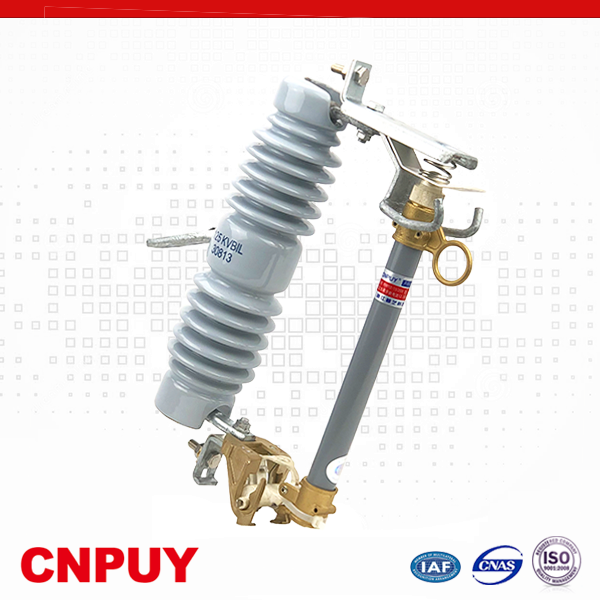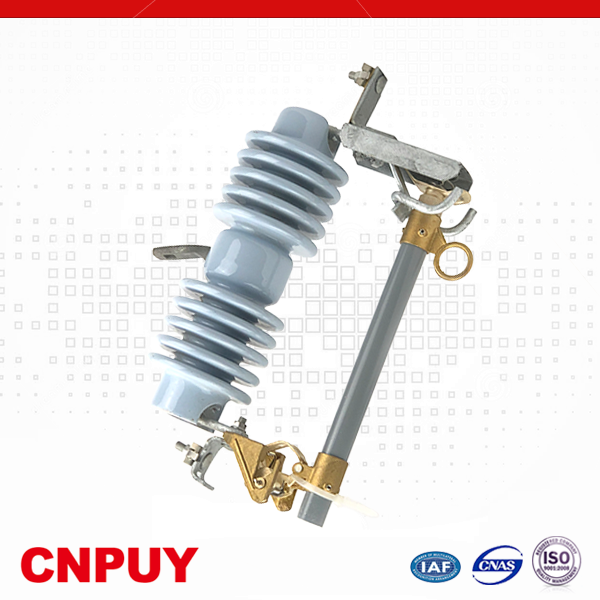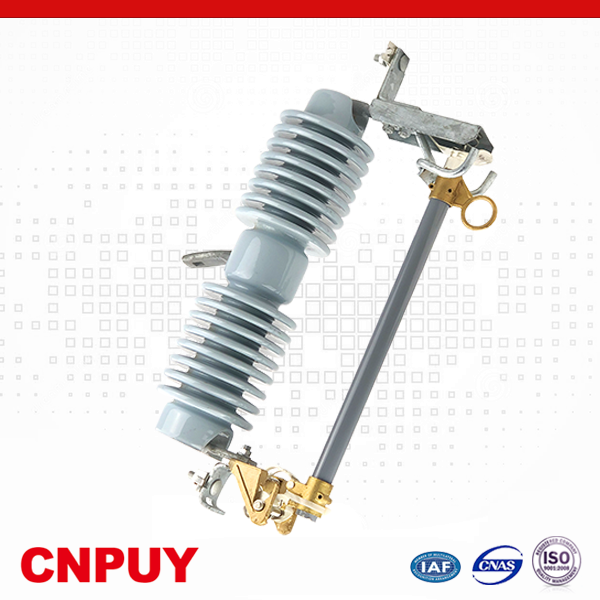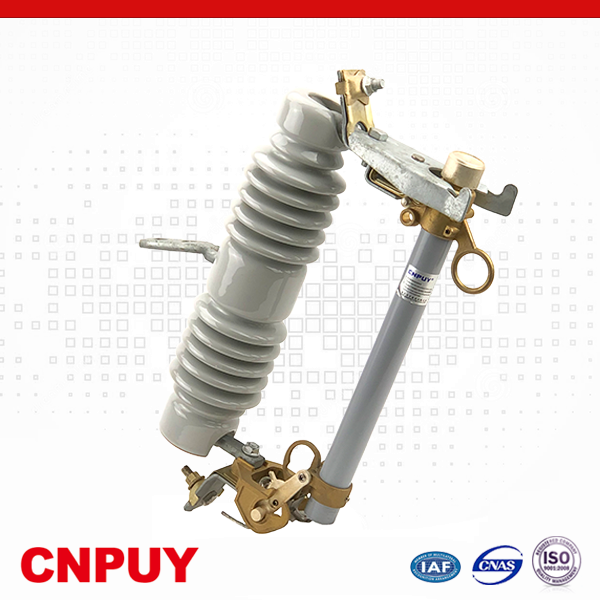Drop fuses and pull-load drop fuses are outdoor high-voltage protective appliances. It is installed on the high voltage side of distribution transformer or the branch line of distribution line. It is used for short circuit, overload protection and load sharing current of transformer and line.
The drop fuse consists of an insulating bracket and a fuse tube. The static contacts are installed at both ends of the insulating bracket. The movable contacts are installed at both ends of the fuse tube. The fuse tube consists of an arc extinguishing tube with a layer and an epoxy glass tube with an outer layer. The pull-load drop fuse adds elastic auxiliary contacts and arc extinguishing cover to divide and close the load current.When the drop fuse is in normal operation, the fuse pipe is tightened by the fuse to form a closed position. When the system fails, the fault current causes the fuse to fuse rapidly and form an arc. The arc extinguishing tube is heated by the arc and decomposes a large number of gases, which forms a high pressure in the tube and blows longitudinally along the pipeline. The arc is rapidly elongated and extinguished. After the fuse is fused, the lower moving contact loses tension and turns down. The locking mechanism releases the fuse pipe, and the fuse pipe falls down, forming an obvious breaking position. When the load needs to be pulled, the contact is pulled by insulating rod. At this time, the active and static contacts are still in contact. The contacts are pulled by insulating rod and the auxiliary contacts are separated. Arc is generated between the auxiliary contacts. The arc is elongated in the slot of the arc extinguishing hood. At the same time, the arc is extinguished when the current passes zero.
Use of environmental conditions
1. Normal use conditions of products:
a) The ambient temperature is not higher than + 40 ℃, not lower than - 40℃;
b) No more than 1000 m above sea level;
c) Maximum wind speed not exceeding 35m/s;
d) Earthquake intensity not exceeding 8 degrees.
2. Products are not suitable for the following places:
a) Places where there is a risk of combustion or explosion;
b) Places with violent vibration or shock;
c) Areas with conductivity, chemical gases and serious pollution and salt fog.
Model description
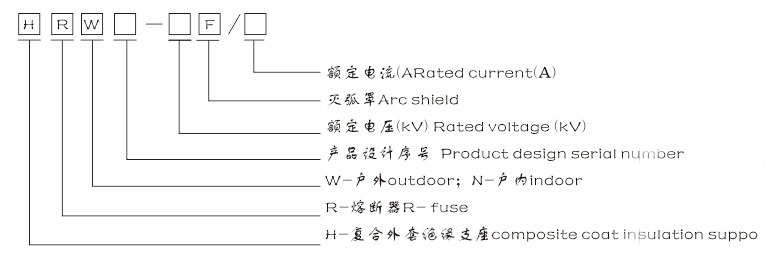
Outline Structural Chart
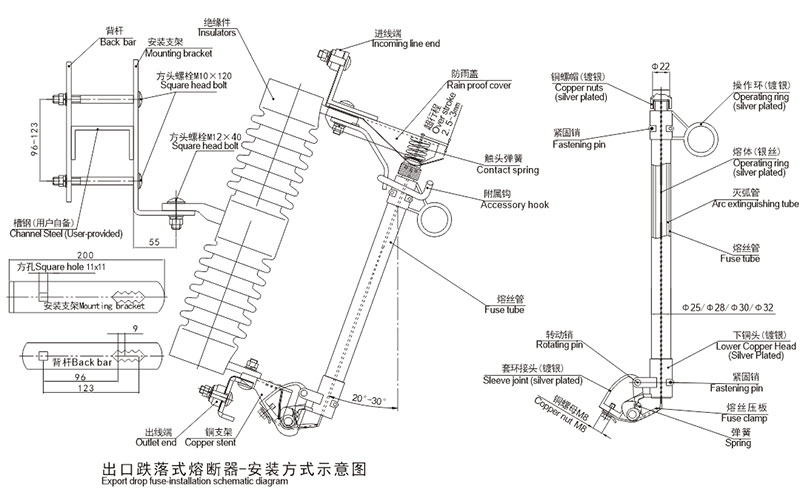
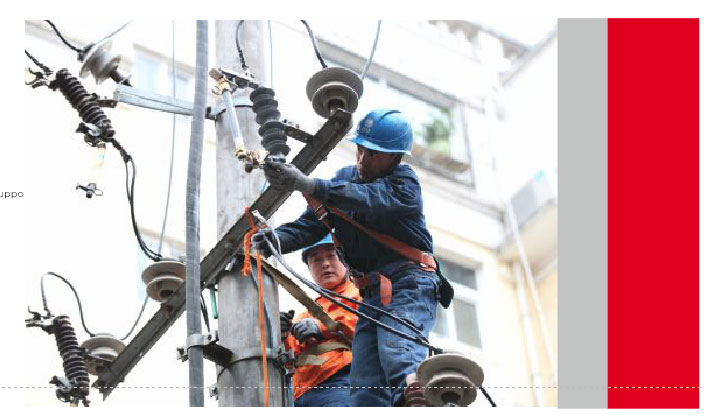
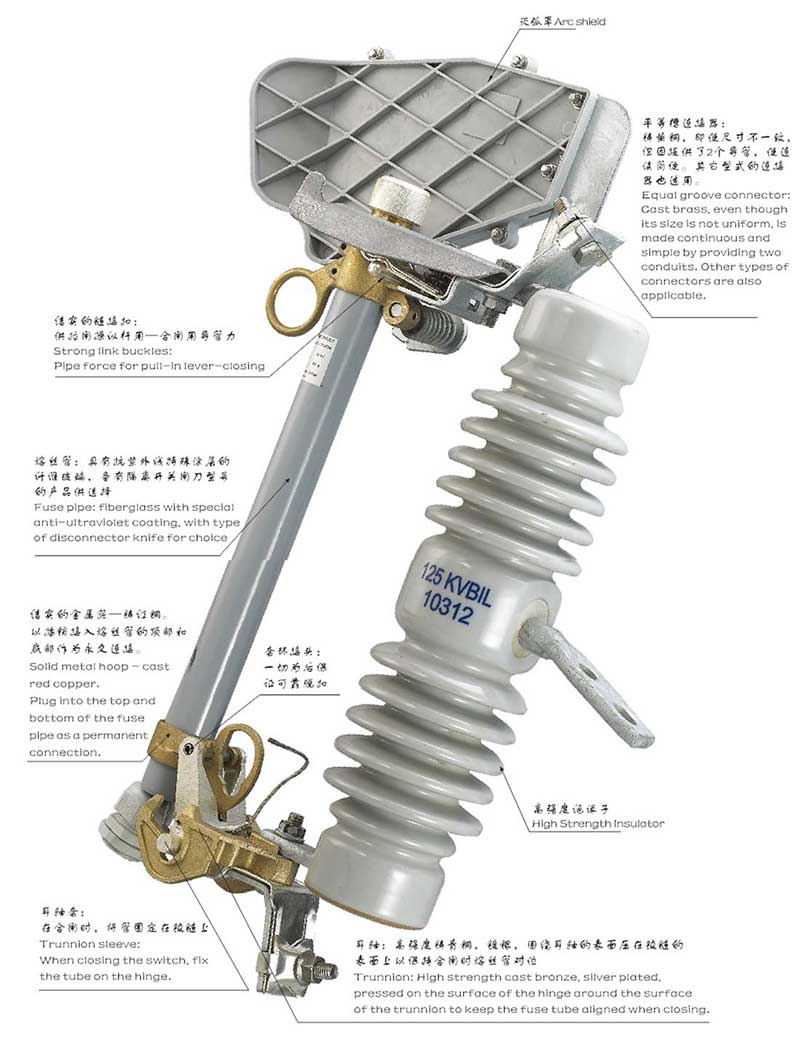
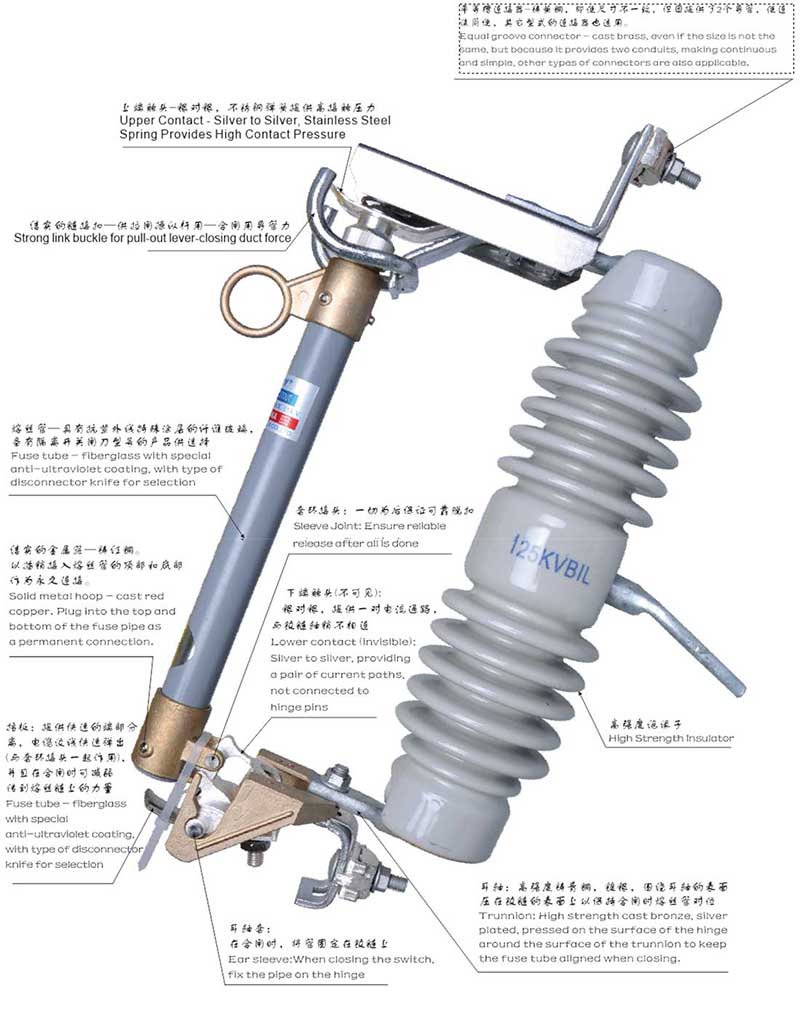
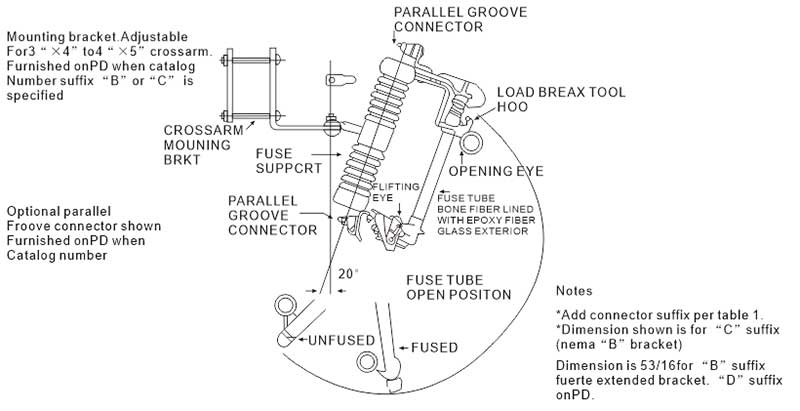

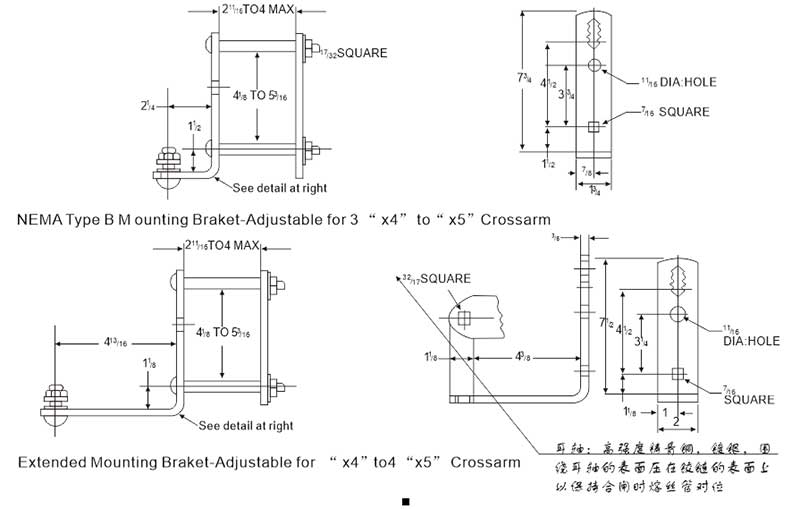

 English
English  中文
中文




